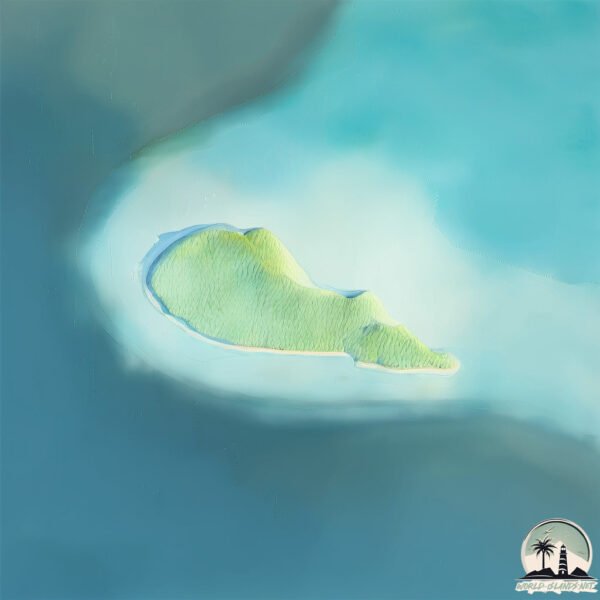Abatiku

Welcome to Abatiku, a Tropical island in the South Pacific Ocean, part of the majestic Pacific Ocean. This guide offers a comprehensive overview of what makes Abatiku unique – from its geography and climate to its population, infrastructure, and beyond. Dive into the details:
- Geography and Size: Explore the island’s size and location.
- Climate and Weather: Weather patterns and temperature.
- Topography and Nature: Uncover the natural wonders of the island.
- Infrastructure and Travelling: Insights on reaching, staying, and making the most of your visit.
- News and Headlines: Latest News.
Geography and size of Abatiku
Size: 3.206 km²
Coastline: 8.6 km
Ocean: Pacific Ocean
Sea: South Pacific Ocean
Continent: Oceania
Abatiku is a Small Island spanning 3.2 km² with a coastline of 8.6 km.
Archipel: Kiribati – An island nation in the central Pacific Ocean, comprising 33 atolls and reef islands, known for their vibrant culture and significant challenges due to climate change.
Tectonic Plate: Sunda – Extends across Southeast Asia, encompassing parts of the Sunda Shelf, known for its interaction with the Australian Plate, contributing to volcanic activity in Indonesia.
The geographic heart of the island is pinpointed at these coordinates:
Latitude: 0.38589056 / Longitude: 173.77455226
Climate and weather of Abatiku
Climate Zone: Tropical
Climate Details: Tropical Rainforest Climate
Temperature: Hot
Climate Characteristics: This climate is typified by heavy rainfall throughout the year, high humidity, and consistently high temperatures, leading to lush rainforests and rich biodiversity. Seasonal temperature variations are minimal.
Topography and nature of Abatiku
Timezone: UTC+12:00
Timezone places: Pacific/Auckland
Max. Elevation: 11 m
Mean Elevation: -19 m
Vegetation: Sparse Vegetation
Tree Coverage: 26%
The mean elevation is -19 m. The highest elevation on the island reaches approximately 11 meters above sea level. The island is characterized by Plains: Flat, low-lying lands characterized by a maximum elevation of up to 200 meters. On islands, plains are typically coastal lowlands or central flat areas.
Dominating Vegetation: Sparse Vegetation
These regions have limited plant growth, typically due to extreme conditions like aridity or poor soils. Vegetation is scattered and consists of hardy plant species. Abatiku has a tree cover of 26 %.
Vegetation: 3 vegetation zones – Moderately Diverse Island
These islands start to show a broader range of ecological niches. With three vegetation zones, they may offer a mix of ecosystems like coastal areas, inland woods, and perhaps a distinct wetland or dry area. This diversity supports a wider range of flora and fauna, making these islands more ecologically complex than those with minimal diversity.
Infrastructure and Travelling to Abatiku
Does the island have a public airport? no.
There is no public and scheduled airport on Abatiku. The nearest airport is Aranuka Airport, located 26 km away.
Does the island have a major port? no.
There are no major ports on Abatiku. The closest major port is TARAWA ATOLL, approximately 139 km away.
The mean population of Abatiku is 38 per km². Abatiku is Gently Populated. The island belongs to Kiribati.
Continuing your journey, Abemama is the next notable island, situated merely km away.
Abatiku Te Paradise | Abemama Island



Kiribati is classified as Least developed region: Countries that exhibit the lowest indicators of socioeconomic development, with the lowest Human Development Index ratings. The level of income is Lower middle income.
News – Latest Updates and Headlines from Abatiku
Stay informed with the most recent news and important headlines from Abatiku. Here’s a roundup of the latest developments.
Please note: The data used here has been primarily extracted from satellite readings. Deviations from exact values may occur, particularly regarding the height of elevations and population density. Land area and coastline measurements refer to average values at mean high tide.
